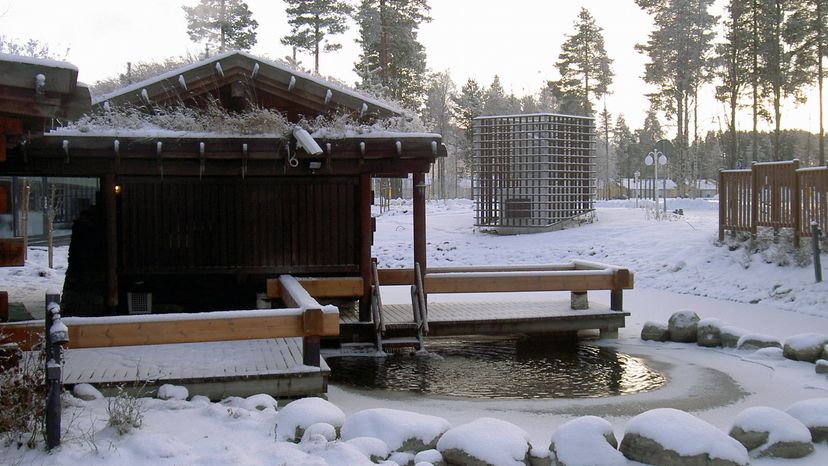As your skin temperature increases, sauna-goers experience a "fight or flight" response, resulting in a heightened sense of alertness, reduced pain perception and an elevated mood, Timmerman said in an article for The North American Sauna Society. When you follow up a sauna with a plunge in cold water or snow, he explained, your adrenaline rises, as well.
Beyond adrenaline, Timmerman said the hot sauna, cold plunge practice can improve pain and inflammation from rheumatoid arthritis — a disease that's often worsened by sauna visits that aren't followed by some cold.
Health benefits, including boosting circulation and releasing toxins, are reasons upscale ocean and river cruise company Viking Cruises has hot and cold spa experiences aboard its ocean ships. Another reason? The family-owned company has strong ties to its Norwegian heritage and traditions — including the Nordic hot sauna, cold plunge experience.
While the variety of hot and cold spa options are enticing, few excite guests as much as the elaborate snow grotto. This surreal, snowy room immerses cruise-goers in the real Nordic bathing tradition. The stone-walled grotto has actual snow that's produced similarly to the artificial powder at ski resorts.
Now, I'm not one for rolling through snow in the nude, but even I couldn't resist trying the snow grotto (in a swimsuit) while cruising up to Norway. It's about the size of a walk-in closet, with a snow-covered bench for those brave enough to sit. (I stood.) The grotto's purple lighting and snowy, forest décor make it feel like a movie set from "Frozen" — one of the many reasons I kept going back. I alternated between shivering in the grotto then sweating in the hot tub and sauna for at least two hours, two days in a row. Did I feel toxin-free by the end of it? Not really. But I did feel relaxed, pampered, and much more ready for the Norwegian snow ahead.
Of course, the snow in Viking's grotto isn't real snow. The system combines compressed air and water to form ice crystals, then blows the snow into the chilly grotto, which is temperature controlled to maintain the snow's consistency. Spa staff defrosts and generates new snow every few days to keep the grotto looking its best.



